Helsinki: 20th position in our ranking

Helsinki is a city that is notable in several categories, but does not stand out in any of them. It therefore falls out of the top 10 and takes on the profile of a tourist destination rather than a life development destination. A capital of European exoticism conditioned by its climate.
In fact, our survey respondents have reflected this by excluding Helsinki from the top 10 in any category, and relegating it to its position in the overall ranking, at number 20.
As the capital of Finland, Helsinki is a city that arouses public curiosity. It is known for its flexibility, youthfulness and for attracting foreigners not only for tourism, but also as a place of residence. A meeting point marked by its Nordic character and winter exoticism.
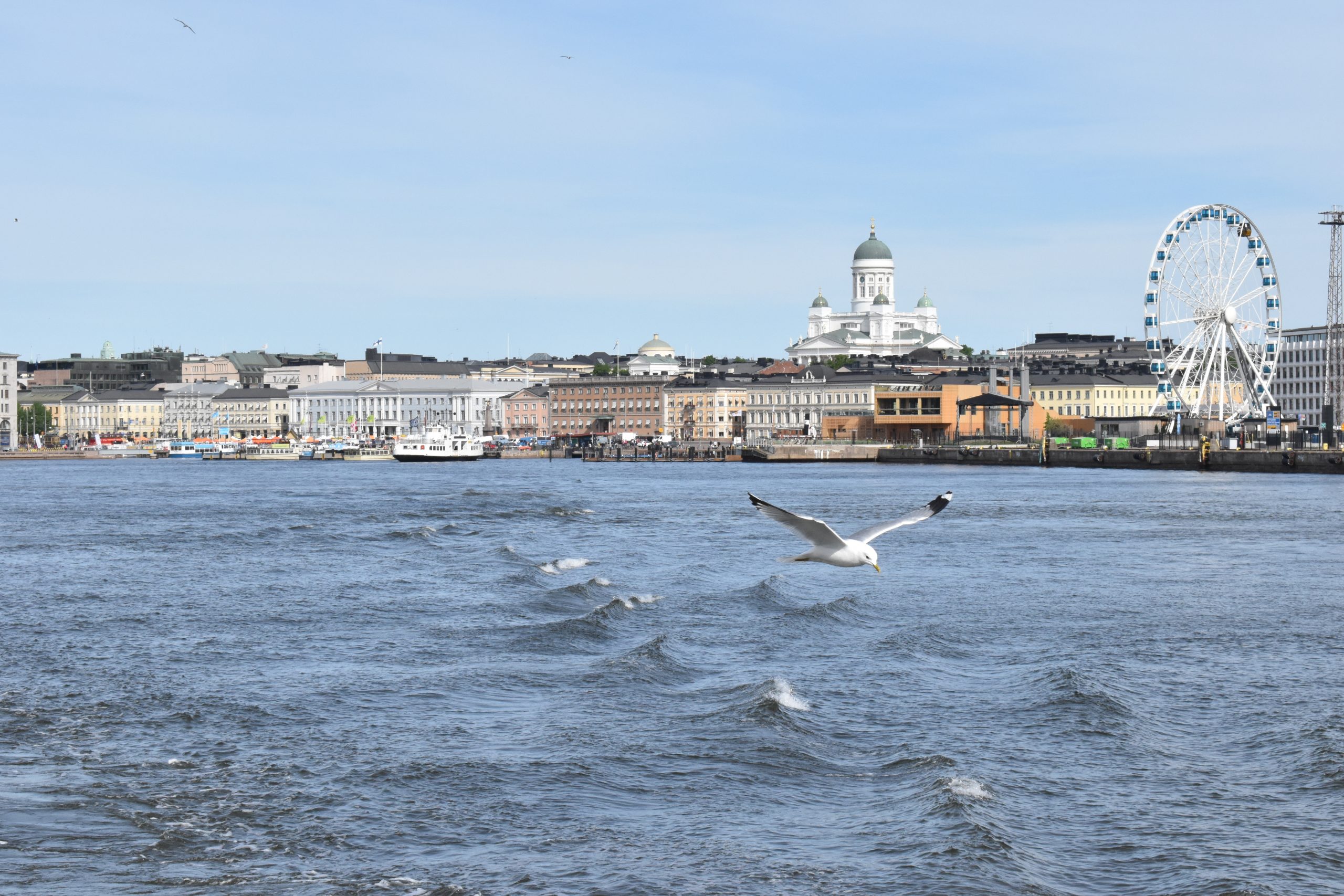
Helsinki did not fare well in the climate category in the opinion of our respondents, but there is an obvious reason for this: the complexity of its climate and temperature. It’s so different and unique that it’s easy to become totally enraptured by it or not be able to cope with it at all.
The temperature can change very drastically, intermittently and unexpectedly. Weather forecasts are complex and, not least, during the summer there is virtually 24 hours of sunshine, while in winter the days are shortened to just a few hours. This peculiarity and instability make for a very particular climate.
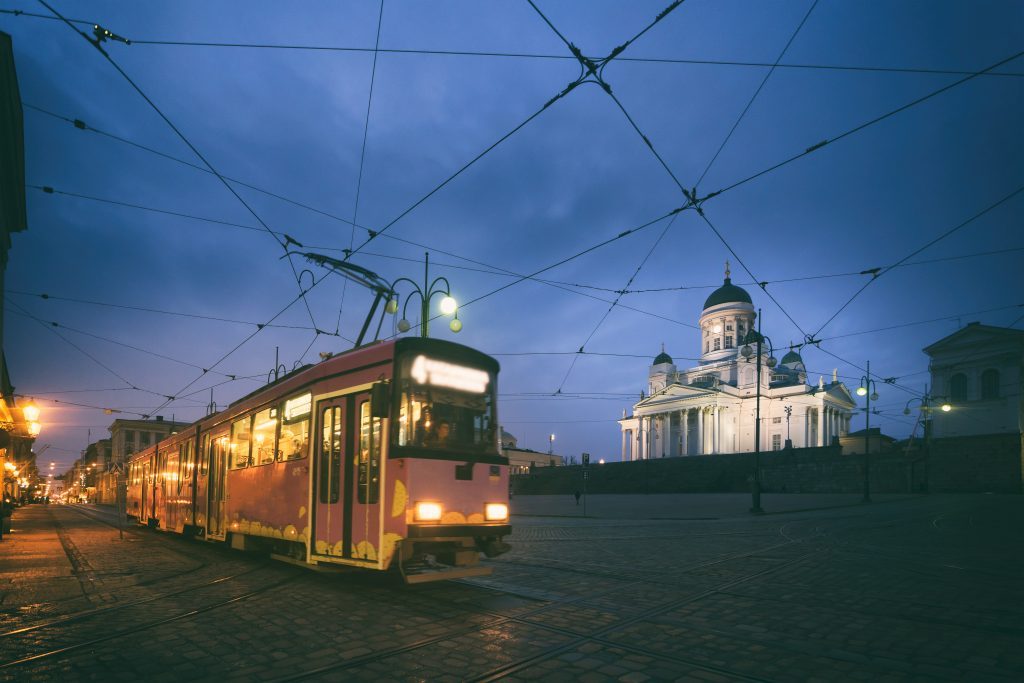
Helsinki’s transport system should be simpler, as even for long-time residents it is somewhat complicated. One of the reasons for this is the complicated zoning of the Finnish capital.
Buses have more than 100 lines, which makes it difficult to navigate, while the metro is a fast but complex transport system. The tram, meanwhile, is the best option for getting around the centre because of its network and stops, although it is not as convenient or fast.
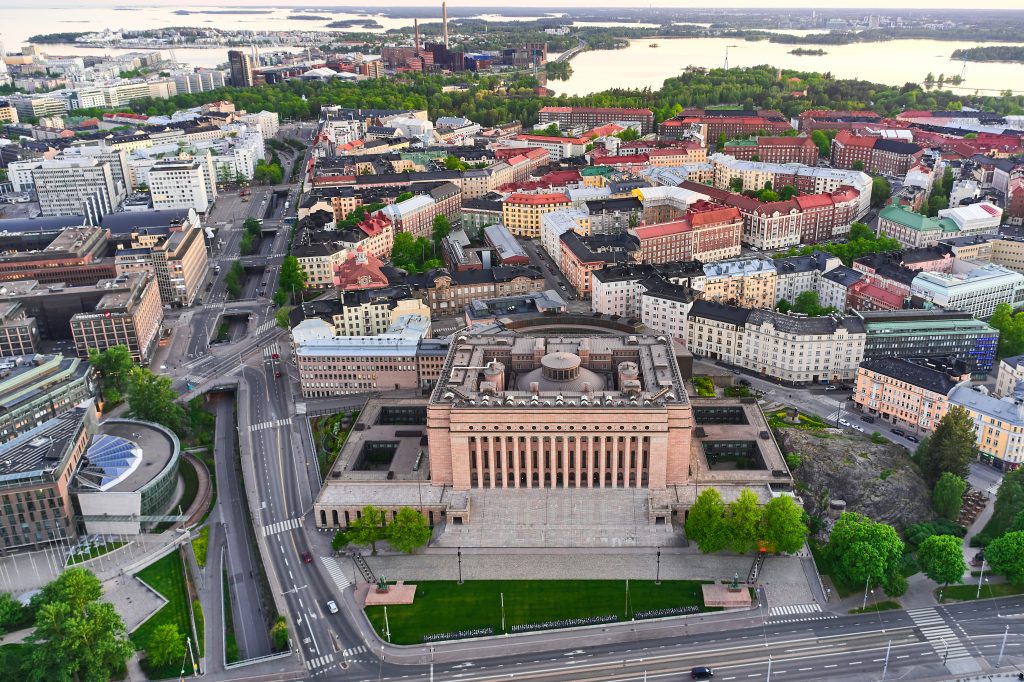
Foreigners who move to Helsinki and have children they want to educate in an international environment can turn to specialised schools such as The International School of Helsinki, Kielo International School or various language schools such as French and German.
There are also numerous universities, but they are not as prestigious as those in major cities such as Zurich, Stockholm and Madrid. Some of the most important universities are the University of Helsinki and the Aalto University.

According to respondents, Finnish food is not the most popular in Europe, but it does boast original and appealing flavours with an interesting variety. Some of the most popular and traditional dishes are lihapiirakka, which is a meat and rice patty, and kalakukko, which is prepared by baking herring in the oven and then putting it in bread.
Another traditional recipe is poronkäristys, in which juicy meat is placed on a bed of rice and garnished with blueberry jam to bring out the flavour.
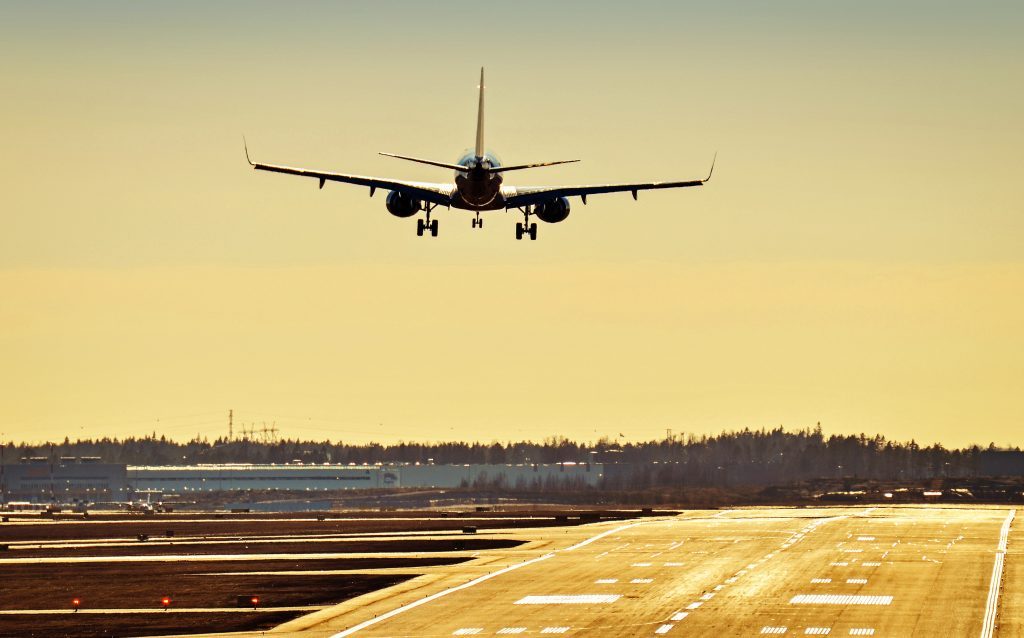
Helsinki Airport, known by the added name of Vantaa because it’s in Helsinki, is a total of 19km from the capital.
It is an important point for international connections due to the importance of the airport in terms of the stopovers that many airlines make in order to get to or from popular tourist destinations in Asia. The airport was built more than 50 years ago, but still retains its attractiveness.
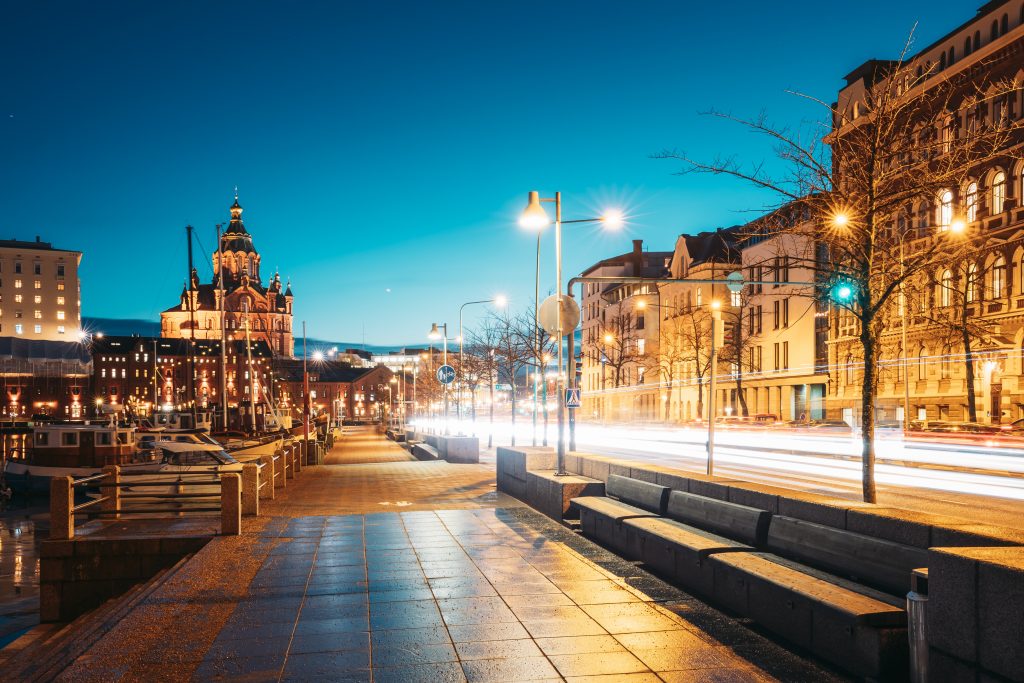
Finland is considered a safe country and Helsinki stands out in the same way. It is not a city to worry about, but there are known incidents that can occur late at night when the bars close.
One of the main reasons is alcohol, which can lead to fights or minor altercations that should not pose a risk to the resident if, above all, distances are kept.
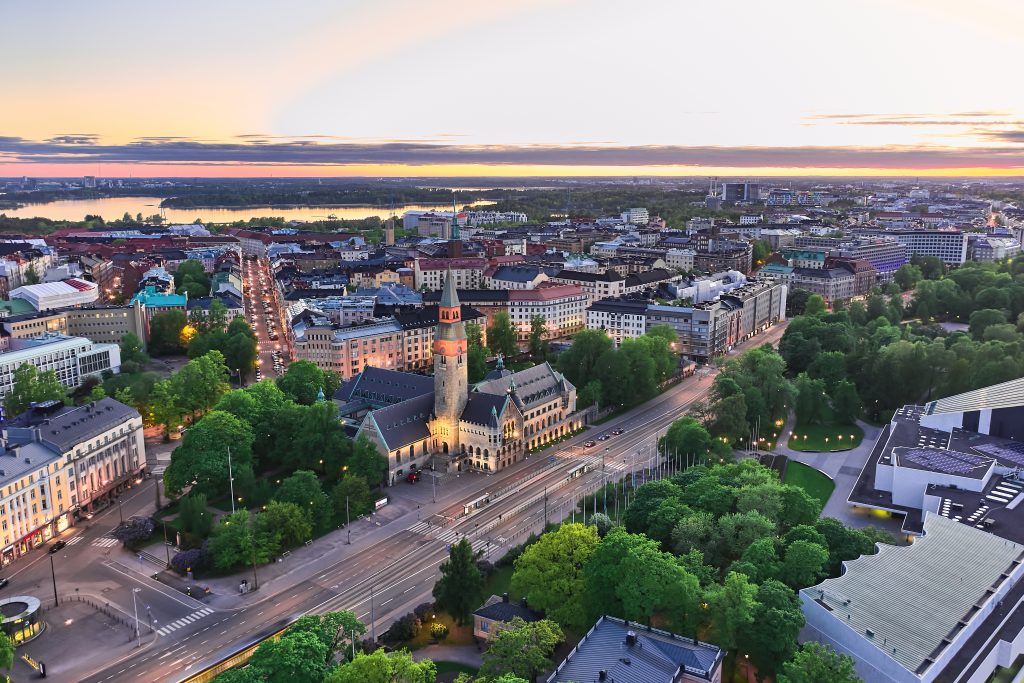
The initiatives Helsinki is undertaking to become a sustainable city fall into several categories and cover almost all pillars of the region. On the one hand, the use of polluting energies is being reduced. On the other hand, measures have been introduced to build more green areas.
On the other hand, all citizens are being involved in making the environment fully sustainable and making it possible to enjoy a healthier life. In the process, Helsinki is open to new ideas and any kind of measures that can help.
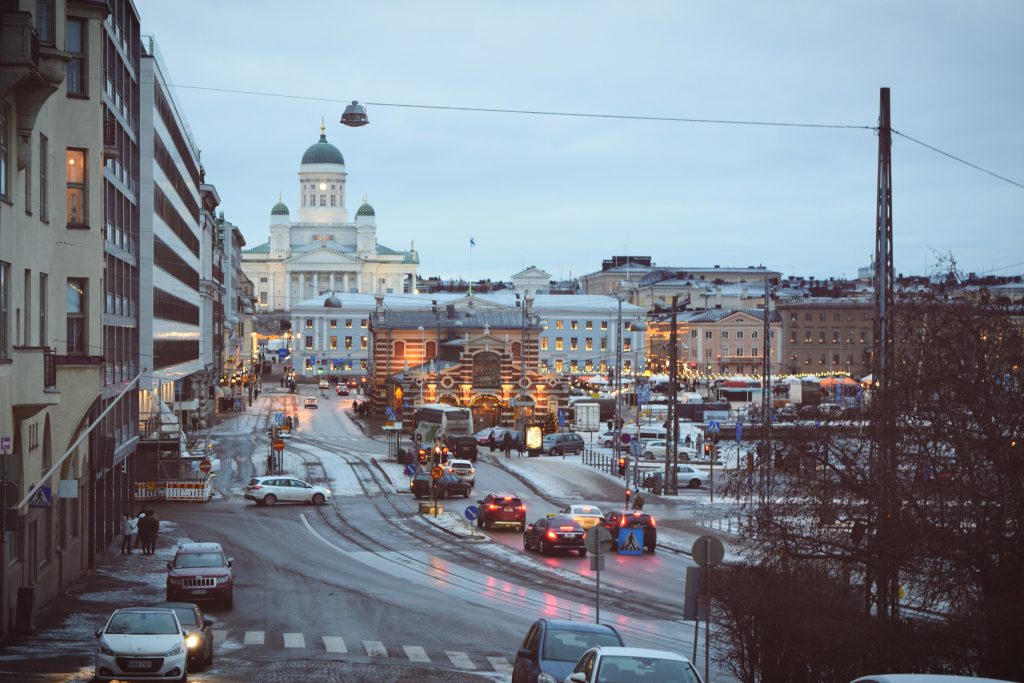
Life in Helsinki is far from cheap. Neither in food nor in the price of services. Compared to other European cities, the costs are well above average. This was clearly reflected in the respondents’ considerations.
The rent for housing can be assessed as one of the tightest in comparison to other expenses that resident citizens have to make. As in other parts of Europe, health care is very cheap and is included in employment contracts.
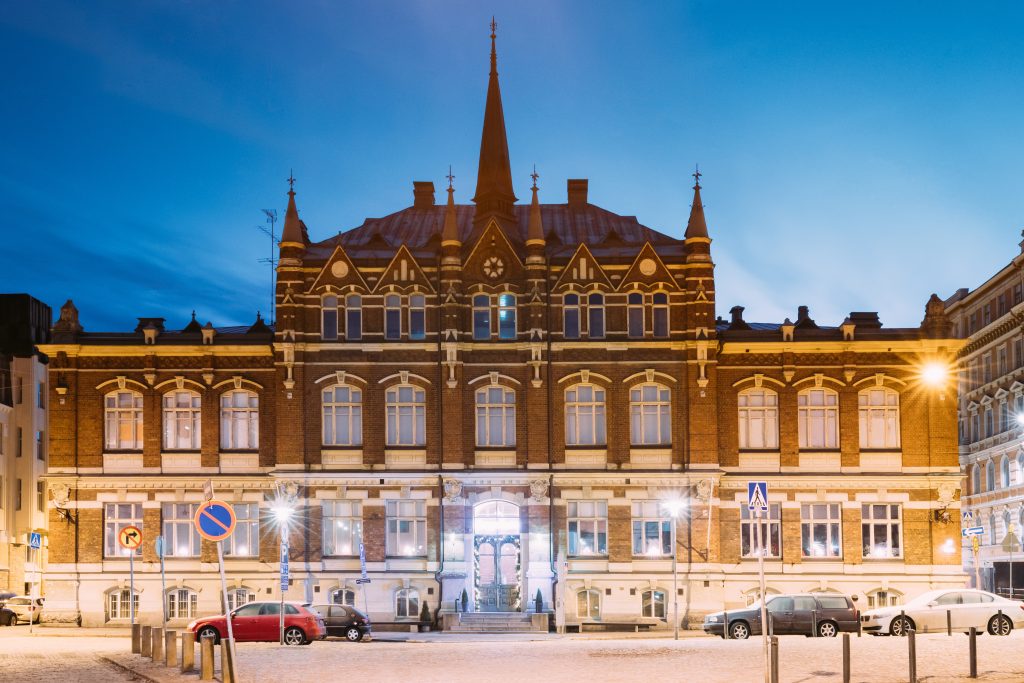
The city’s combination of museums and theatres is of a high standard. The Finnish National Theatre, the Swedish Theatre and the Helsinki City Theatre are very special places to see live plays or listen to music. Symphony orchestras such as the Helsinki Philharmonic Orchestra and the Finnish Radio Symphony Orchestra are also popular.
Helsinki also has an enormous number of museums, three of which are part of the Finnish National Gallery, where you can spend time visiting the Sinebrychoff Art Museum, the Ateneum Art Museum and the Kiasma Art Museum. Each specialises in a particular type of art.
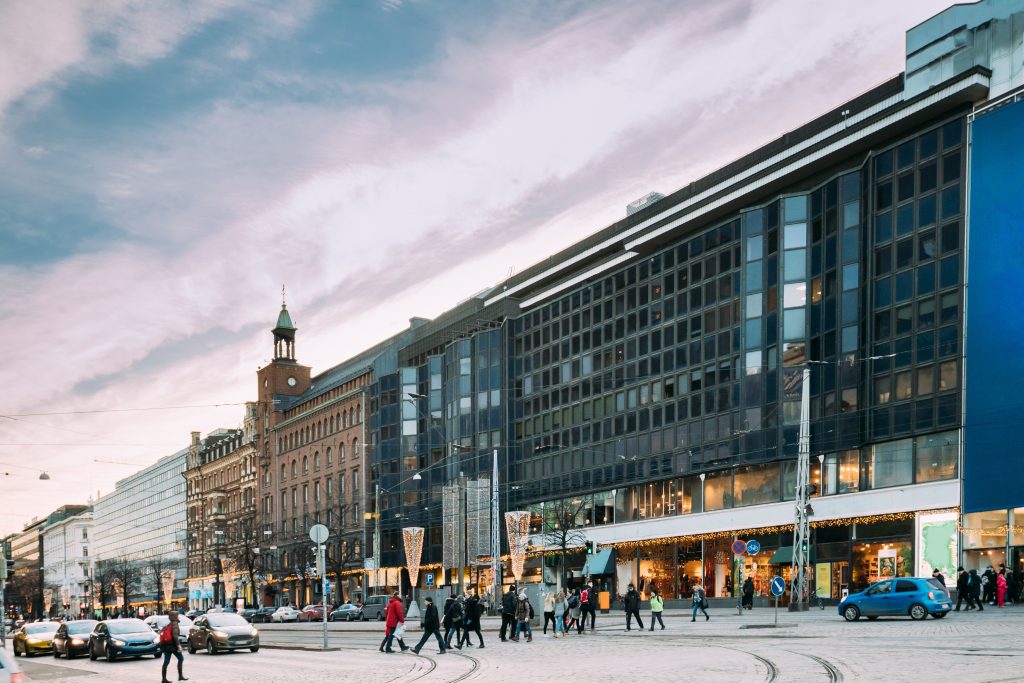
The weather is a major constraint on leisure activities. Nevertheless, there are attractions. For example, in the children’s area, Linnanmäki, an amusement park founded in 1950, has a multitude of attractions.
The city also has other recommendations for a good time, such as shopping in the Erottajankatu Street shopping area or relaxing in Sinebrychoff Park on a fine day. Another good plan for many residents is to visit the Central Market and shop for local produce.
